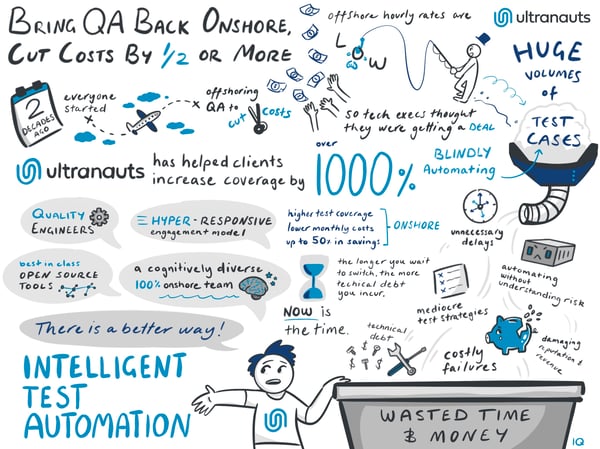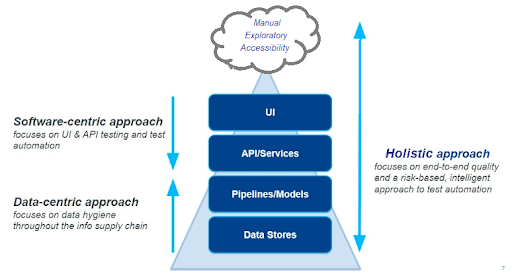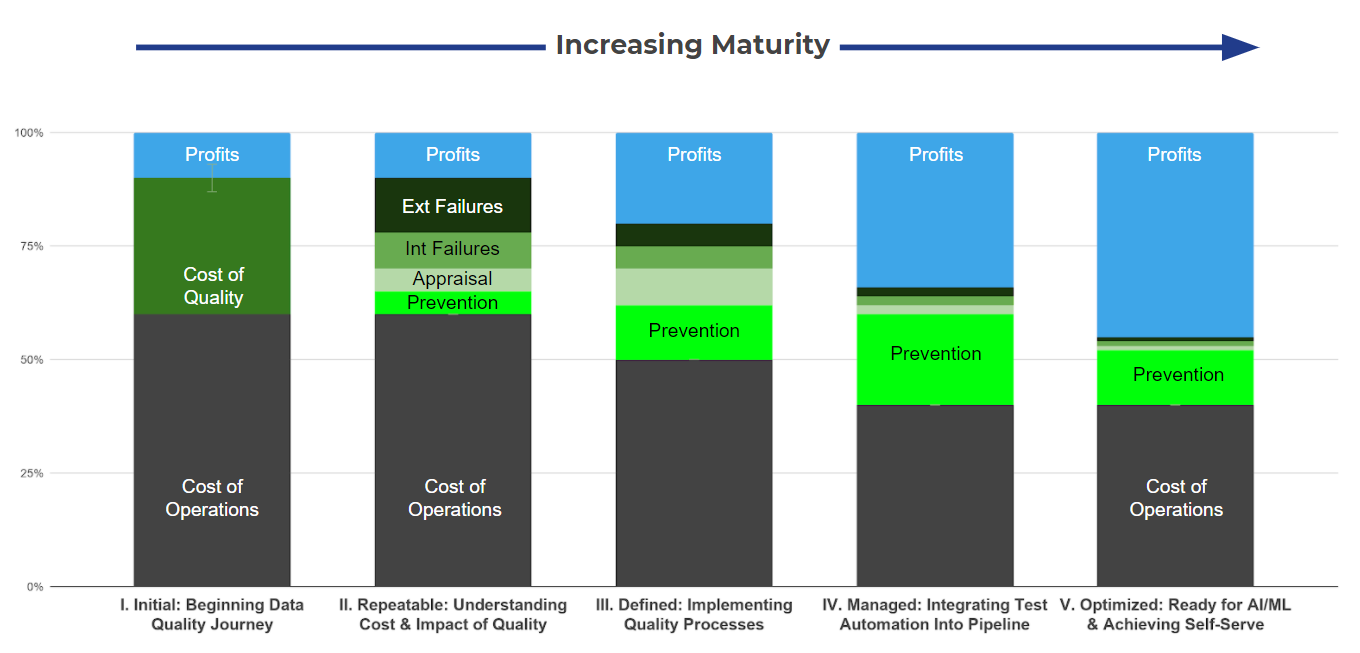How to Reduce Software QA Costs through Intelligent Test Automation
Are you worried about whether your software will fail? Or whether your current approach to software test automation is inadequate? In addition to being embarrassing, interruptions to your business can lead to customer complaints, downtime, lost revenue, and lost productivity. Although software quality is often one of the most critical risks a company needs to mitigate, the cost of poor software quality is not only high - but increasing.
When you can no longer tolerate costly or embarrassing failures, it’s time for a smarter approach, especially as we’re adjusting to a “new normal”.

Torres (2021) reported that according to the Consortium for Information & Software Quality (CISQ), the cost of software failures surged by 46% between 2018 and 2020. As work habits shifted to accommodate rapid changes brought about by COVID, burdens on e-commerce and other online systems increased tremendously. The attractiveness of exploiting software vulnerabilities also increased, making software quality assurance more important than ever before.
Although software assurance is supposed to provide assurance, too often, it ends up being just another cost center. Funneling lots of money into QA becomes the norm, but that’s often acceptable (or at least tolerated) because it’s easy to find a low cost delivery center to execute manual testing and test automation. But low hourly rates can disguise high long term costs because here’s the unfortunate truth: offshoring your software test automation will rarely minimize costs or lead to a solid return on investment (ROI). Low cost vendors will rarely recommend simpler, more effective approaches because they don’t want to jeopardize their own business.
The solution is to adopt a more intelligent approach to test automation. Ensuring solid unit test coverage is essential, but just making sure that your development teams follow Test Driven Development (TDD) won’t be enough. You need a layered approach that considers accessibility and user experience, in addition to external tests on applications, APIs, and data. (Freeman 2020).
Your test automation strategy should address all of the following questions:
- Are you running the right tests?
- Are you running those tests at the most cost-effective place in your architecture?
- Are your tests easily maintainable?
- Have you chosen the right tools for your needs and budget?
- Do you have governance processes in place to update and audit your test suites?
- Do you know how to quickly respond when a test fails?
- Do you know how test automation impacts metrics that are important to your business?
- Can you demonstrate a return on investment from software quality?
Applying intelligent test automation can help your organization minimize costs, improve quality, and optimize business impact and ROI. Read about how Ultranauts’ expert quality engineering teams approach intelligent test automation, including examples of the measurable impact we’ve delivered for clients.
Additional Reading
Torres, R. (2021, January 7). Poor software quality cost businesses $2 trillion last year and put security at risk. CIO Dive. Available from https://www.ciodive.com/news/poor-software-quality-report-2020/593015/
Freeman, G. (2020). The New Testing Pyramid for Data-Driven Businesses. https://info.ultranauts.co/blog/the-new-testing-pyramid-for-data-driven-businesses

